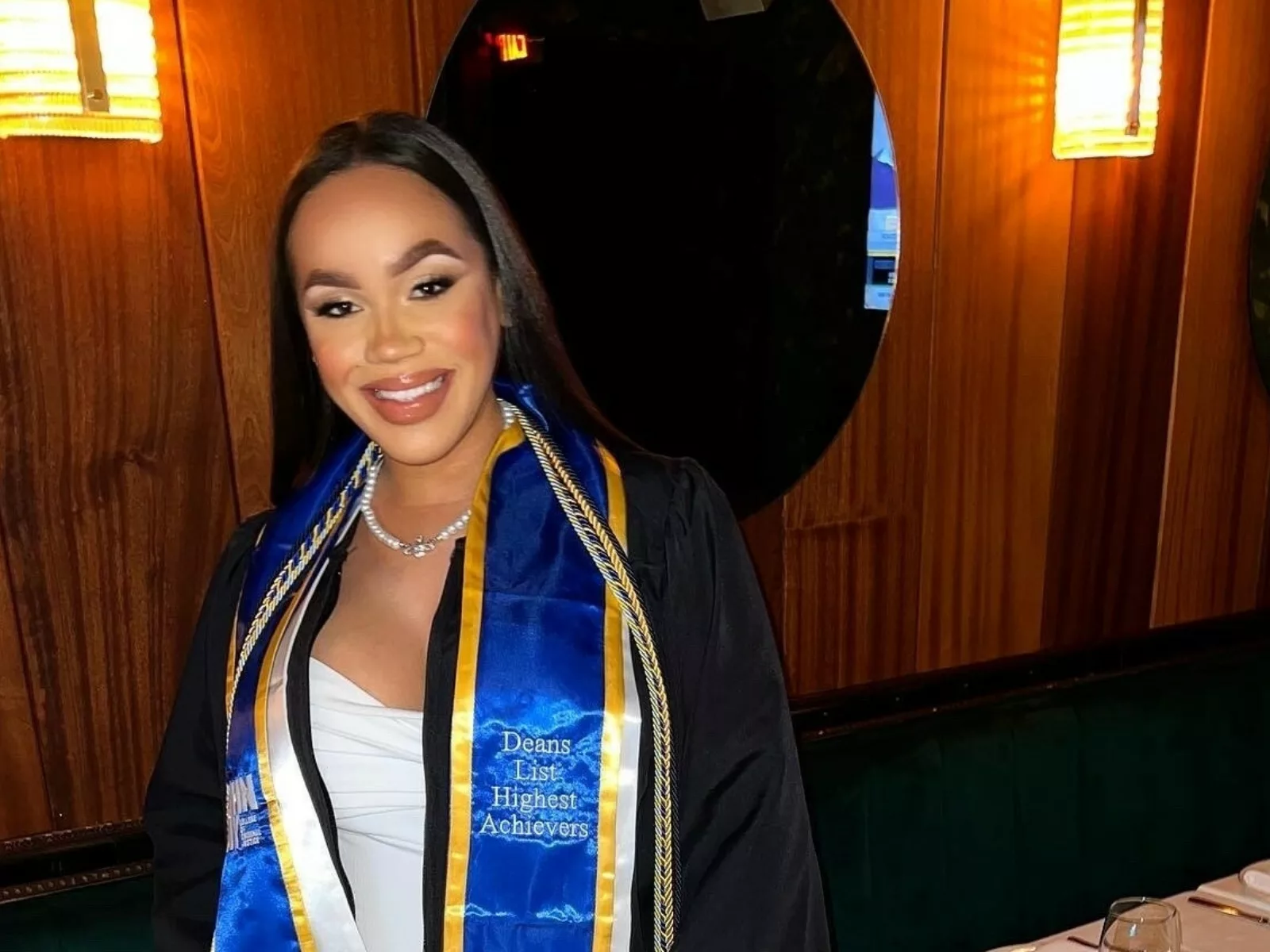One of the many positive outcomes of student success support is elevated graduation rates and, for students as well as taxpayers, a strong return on investment in higher education. When students graduate, everyone wins. But how can universities best serve students on their journey to graduation? And how can they best gather data to evaluate and fine-tune their student support?
AV Director of Higher Education Kelly McManus sat down with Andrew Kelly, senior vice president for strategy and policy at the University of North Carolina System Office, to talk about the natural connection between supporting student success and return on investment for both students and taxpayers.

Kelly McManus
The UNC system has long been a leader in higher education. Tell us a little bit about the system and what it’s doing to improve return on investment (ROI) for both students, especially historically underserved students, and taxpayers.

Andrew Kelly
In terms of ROI for students, the UNC system is pound for pound a leader in combining access and success. The way I like to describe is that we are combining three strands: affordability — we are one of the most affordable options in-state; access — we rank in the top 15 in terms of the proportion of our students who receive Pell grants; and success — we are among the top 8 – 10 state university systems in terms of the proportion of students who graduate in four to six years. Very few public higher education systems combine all three as well as we do.
Affordability and access are key for the system’s success. We draw students from all over the state to our campuses, including to four extremely affordable NC Promise campuses. We are looking for more students to complete and in a timely fashion; time-to-degree is a major driver of student debt. Extra years in school make your debt grow proportionally — about $6,000 more for a fifth year, for living expenses and the like.
Even with this success, we’re not resting on our laurels. We’re pushing to see how much we can continue to improve. We’re laser focused on on-time graduation in four years, including for our transfer students. These are the metrics we are thinking about: productivity, impact on student debt, and ROI for students.

Kelly McManus
One of AV’s goals is to identify and scale effective interventions that improve student outcomes. What is the UNC Student Success Innovation Lab (SSIL), and how is that working on a similar goal?

Andrew Kelly
One of the challenges we face is that evidence doesn’t accumulate in an orderly way to guide future decisions. Practitioners, who are solving problems on the ground and doing innovative and creative work, are so busy implementing that it is difficult for them to simultaneously pay attention to how the overall system is working or what alternatives may or may not be available.
The SSIL pairs practitioners of the on-the-ground work for student success like advising and student aid with researchers within the system — to marry up creative thinking with rigorous evaluation. That is the germ of the idea that gave rise to the SSIL.
We have learned a lot about how to bridge research and practice and what makes the most productive relationships within an analytical, shared service. Most universities have their own institutional research shop, but they don’t necessarily also have a program evaluation shop. We have people at UNC who study these questions of practice and research, and we’ve united these two assets to work together toward a theory of change, where we take the good ideas and go to greater scale.

Kelly McManus
The UNC system has a really robust data system. Why is that important, and how does that help the university system improve student outcomes?

Andrew Kelly
We have Student DataMart, a data pump that brings data from campuses with consistent definitions on what each variable means — how we define retention, completion, credit hours, for example — in not quite real time (semester by semester) to get a front-row seat to what is actually happening in fall-to-spring retention, for example, or other metrics.
From an evaluation perspective, the Student DataMart is useful. We can rely on the system office for data needs across all campuses rather than contacting each individual campus. Even in the event that an evaluator works with an individual campus, the common definitions help the evaluator. The Student DataMart gives us more consistent treatment of student data, which is part of the infrastructure you need to get all these other analyses made. We’d love to take it to other university systems to show what we have been up to. It’s been a good model.
We need relentless focus on success for all students.Andrew Kelly, senior vice president for strategy and policy at the University of North Carolina System Office

Kelly McManus
The UNC System is about to embark on an ambitious effort to adapt CUNY’s Accelerate, Complete, and Engage (ACE) program to help transfer students graduate on time. Why is UNC taking this on, and what do you hope it will accomplish for students and the state?

Andrew Kelly
It’s a great project, and we are very excited about it. Our current president, Peter Hans, who has been serving as president since August 2020, has called himself the first “transfer” president — meaning he came from the community college system to lead UNC system. He is dedicated to the notion that the four-year system needs to be much more proactive and aggressive so that community college transfer students can be as successful as they can be.
There is sometimes an unfortunate tendency for four-year colleges to blame transfer student success rates on the sending institutions, which is neither fair nor helpful. We need relentless focus on success for all students. With dramatic growth in transfer students among the proportion of all students, our work to make their entry and success more seamless has had great impact and has brought more transfers into the system.
When we look at completion rates, they have increased, but not at the same rate as enrollment has grown. We have more transfer students graduating, but we want more proportionally to be able to complete their degrees — meaning to move from an associate’s degree to a bachelor’s degree. We believe the ACE program will create an incentive for those who are eligible for the program to then complete their degree.
One of the things that’s important to remember is that transfer students have used up some of their eligibility for federal aid. If they have used up most of it, there is a time crunch to finish the degree while using federal aid. This gives the university system even more reason to focus on supporting students to the finish line, lest their Pell eligibility runs out.

Kelly McManus
What are the biggest opportunities and challenges that you see in the higher education space? How can funders like AV partner with higher education to maximize opportunity and minimize injustice?

Andrew Kelly
That’s a profound question. I think some of the challenges that we’re going to face, and that will increase, are major demographic shifts. Institutions including our own have learned a lot about how to serve 18- to 24-year-olds and how to help them succeed. Demographic projections suggest that this group will stabilize and shrink based on fertility rates.
However, we have another group of students, and we don’t know as much about how to serve that second group. We are working on how to do a good job recruiting and enrolling working adults, and helping them become successful. The set of interventions for traditional-age students to be successful may be different for the 25+ working group. I don’t think there has been enough rigorous inquiry to help older students to be successful. This is a place to target evaluation investments — toward that demographic — for our recovery strategy as a country and for universities to remain vibrant and sustainable.












